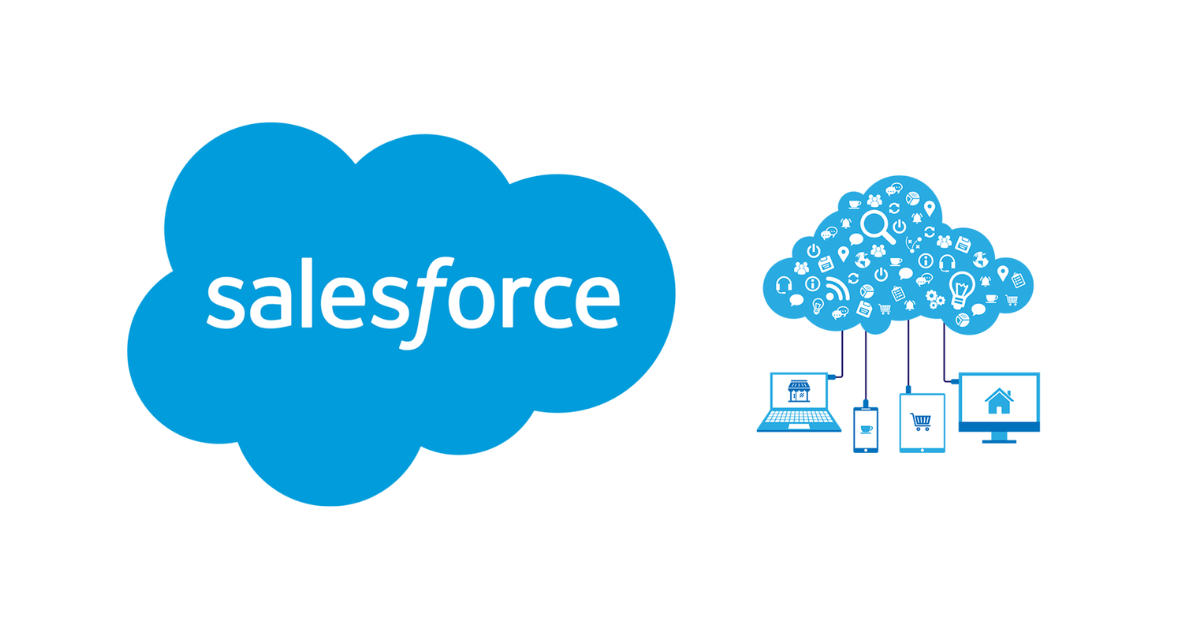Gone are the days when providing customer support is just a choice for most businesses.
It has become a necessity to keep your customers happy and get a competitive edge. Therefore, it is one of the top business priorities to consider.
Salesforce Service Cloud emerges as a savior, offering businesses a comprehensive platform to streamline customer service operations, enhance customer experiences, and ultimately drive business growth.
In this blog, we’ll delve into the world of Salesforce Service Cloud and uncover how it can be a game-changer for your business.
Understanding Salesforce Service Cloud
Salesforce Service Cloud is a customer relationship management (CRM) platform tailored for exceptional customer service. It empowers businesses to deliver personalized, efficient, and connected service experiences across various channels, such as email, chat, social media, and phone. Here’s how you can leverage it:
1. Centralized Customer Information: Salesforce Service Cloud consolidates customer data, providing a 360-degree view of each customer. This information empowers your agents to understand customer needs better, leading to more effective interactions.
2. Streamlined Case Management: The platform’s intuitive case management tools help organize and prioritize customer inquiries. It ensures that nothing falls through the cracks, resulting in quicker issue resolution.
3. Self-Service Portals: Service Cloud enables you to create self-service portals and knowledge bases, allowing customers to find answers to common questions independently. This not only enhances customer satisfaction but also reduces the workload on your support team.
4. Multichannel Support: In today’s omnichannel world, customers expect support on their preferred platforms. Service Cloud enables you to seamlessly manage customer interactions across various channels, ensuring a consistent experience.
5. AI-Powered Insights: Leveraging artificial intelligence (AI), Service Cloud provides insights that help your team make data-driven decisions. It can predict customer needs, identify trends, and suggest solutions, improving service quality.
Marketing Cloud Connect: Amplifying Your Outreach
Salesforce Service Cloud doesn’t operate in isolation. When integrated with Salesforce Marketing Cloud Connect, it becomes a powerhouse for personalized customer engagement. Here’s how it works:
1. Unified Customer Profiles: Marketing Cloud Connect syncs customer data between Service Cloud and Marketing Cloud, creating a unified customer profile. This ensures that your marketing efforts are aligned with your customer service interactions.
2. Targeted Marketing Campaigns: With access to comprehensive customer data, you can design highly targeted marketing campaigns. This personalization increases engagement and conversion rates.
3. Enhanced Customer Journeys: Marketing Cloud Connect allows you to create seamless customer journeys that span both marketing and service interactions. Customers enjoy a cohesive experience, resulting in greater satisfaction.
Salesforce Commerce Cloud: Expanding Your E-commerce Horizons
E-commerce is a critical aspect of modern business, and Salesforce Commerce Cloud seamlessly integrates with Service Cloud to provide a holistic view of your customers. Here’s how it contributes to business growth:
1. Unified Customer Data: Integration with Commerce Cloud ensures that all customer data, including purchase history, preferences, and inquiries, is available in one place. This allows for more informed service interactions.
2. Targeted Recommendations: By analyzing customer data, you can offer personalized product recommendations and promotions. This not only drives sales but also enhances the overall shopping experience.
3. Order Tracking and Support: Service Cloud helps manage order inquiries efficiently, providing real-time order tracking and support to customers. This level of transparency fosters trust and loyalty.
Salesforce Experience Cloud: Building Customer Communities
Salesforce Experience Cloud (formerly known as Community Cloud) enables you to create customized customer communities. These communities act as a central hub for your customers, partners, and employees, fostering collaboration and engagement. Here’s how it fuels business growth:
1. Self-Service Communities: Experience Cloud allows you to build self-service communities where customers can find information, ask questions, and connect with peers. This reduces the workload on your support team while empowering customers.
2. Partner Collaboration: For businesses with partner ecosystems, Experience Cloud facilitates seamless collaboration. It ensures that partners have access to the resources and information they need to drive growth.
3. Employee Engagement: Experience Cloud extends beyond customer engagement. It can also be used to create employee communities, enhancing internal communication, knowledge sharing, and productivity.
Salesforce Field Service: Taking Service to the Next Level
For businesses that offer on-site services, Salesforce Field Service is a game-changer. It optimizes field service operations, ensuring efficiency and customer satisfaction. Here’s how it contributes to business growth:
1. Intelligent Scheduling: Field Service uses AI-driven scheduling to assign the right field technician to the right job, considering factors like location, skills, and availability. This results in quicker service delivery.
2. Real-Time Updates: Field technicians can provide real-time updates on job status, allowing customers to track progress. This transparency enhances the overall service experience.
3. Inventory Management: Efficient inventory management ensures that field technicians have the necessary parts and equipment to complete jobs promptly. This reduces delays and customer frustration.
Conclusion
In conclusion, Salesforce Service Cloud, when integrated with other Salesforce clouds, becomes a powerful tool for driving business growth. By providing exceptional customer service, personalized marketing, and streamlined e-commerce and field service operations, Salesforce Service Cloud ensures that your business is well-equipped to thrive in today’s competitive landscape. If you’re in the USA and interested in exploring the potential of Salesforce Service Cloud for your business, consider reaching out to One Federal Solution, a trusted Salesforce partner that can guide you on your journey to enhanced customer service and business growth.





